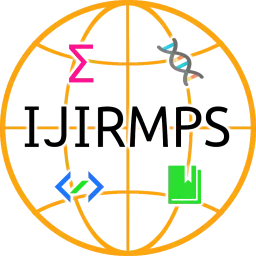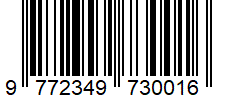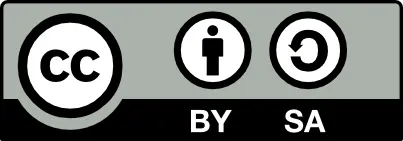Skin Cancer Classification Application Using Flask
Authors: Dr. Ramakant Salve
DOI: https://doi.org/10.37082/IJIRMPS.2020.v08i04.005
Short DOI: https://doi.org/ghqn2f
Country: India
Full-text Research PDF File:
View |
Download
Abstract: Melanoma is one of the predominant types of skin cancer. The affected number has been increasing year after year. Although the deaths can be minimized by early detection and there is where the problem exists and consulting a dermatologist may not always guarantee the success of early detection and diagnoses. At first, the dermatologist examines the skin visually and decides whether it’s a type of skin cancer or a skin allergy. The accuracy of the diagnosis directly corresponds to the experience of the dermatologist. Even a small error in the inspection of the skin might end a life of a person so it is really necessary to have a standard and supporting system which can help dermatologists to identify and diagnose the patients is necessary. So with the advancements in image processing and deep learning algorithms have unleashed the potential to classify and identify the type of skin cancer with a single click of an image. The traditional method involves a lot of pre-processing steps and if something goes wrong in that step the model doesn’t perform well. The accuracy won’t be up to the mark this is where the Convolutional Neural Networks come into the picture. These models don’t require any feature extraction or with some minimal pre-processing steps to be done and it consumes a huge amount of data to be well trained. In this paper, we will compare the transfer learning with end-to-end trained custom deep learning models. It classifies the images into seven different classes. The model is deployed on the web locally which will be handy for the dermatologist to use it as a User Interface for assisting with the identification. The model with the transfer learning shows good results than the one which is trained from scratch. The plots show the difference between them and the way in which they train.
Keywords: Convolution Neural Network, Flask framework, skin cancer, lesion classification, deep learning, Max pooling
Paper Id: 813
Published On: 2020-08-28
Published In: Volume 8, Issue 4, July-August 2020





 All research papers published in this journal/on this website are openly accessible and licensed under
All research papers published in this journal/on this website are openly accessible and licensed under 